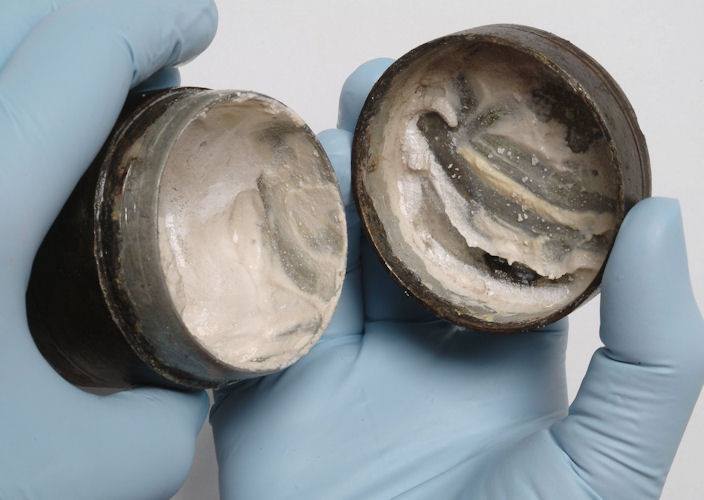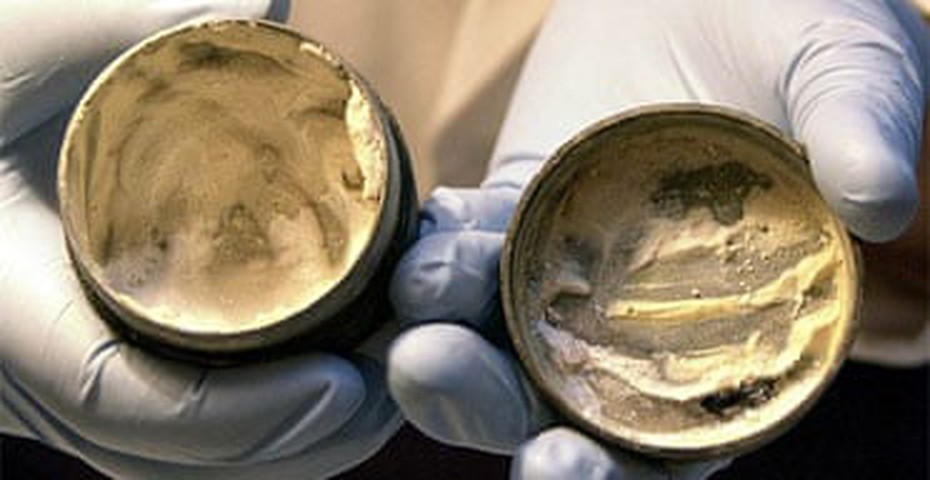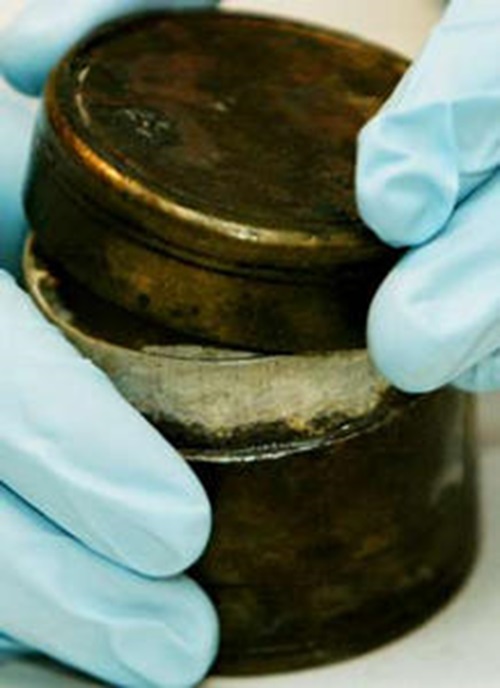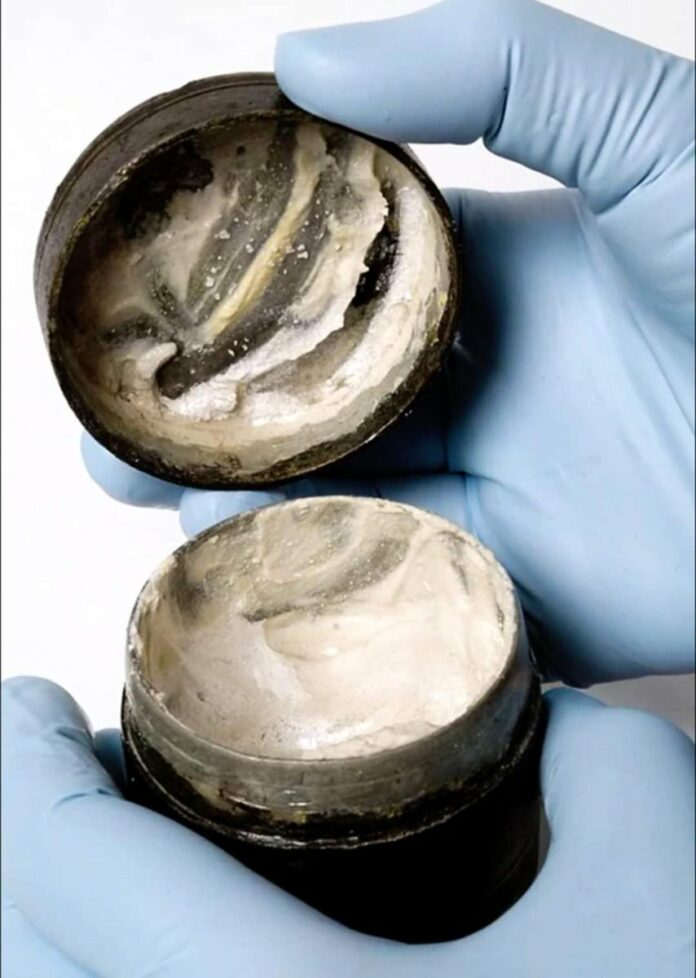The unearthing of ancient artifacts often provides a glimpse into the lives and practices of past civilizations. A recent discovery at a Roman temple complex in Southwark, London, has fascinated archaeologists and historians alike. A sealed Roman container, dating back 2,000 years, was opened to reveal a cream complete with visible fingerprints. This remarkable find offers a unique human element and potential insights into Roman medicinal or cosmetic practices.
Discovery of the Sealed Roman Container

During archaeological excavations at a Roman temple complex in Southwark, London, a metal artifact measuring 6 cm in diameter was unearthed. Remarkably well-preserved, the container showed little sign of decay. Upon opening the container at the Museum of London, archaeologists were astonished to find a white paste with a sulphurous odor, indicating it had been sealed for centuries.
Garry Brown, managing director of Pre-Construct Archaeology, expressed his astonishment, stating, “I am astounded. It appears to be a kind of cosmetic cream or ointment. Creams of this kind do not ordinarily survive into the archaeological record, so this is a unique find.”
Analyzing the Ancient Cream
Further scientific analysis is expected to determine whether the paste was used for medicinal or cosmetic purposes. Francis Grew, curator at the Museum of London, highlighted the potential significance of the cream, suggesting it could have been used as face paint in ritual ceremonies. “In my 20 years working in London archaeology, I have never come across a box with a sealed lid,” Grew noted.
Elizabeth Barhan, conservator at the Museum of London, added, “Only two similar containers, both without lids, have been found in London and both were in market sites.”
The Human Element: Fingerprints

One of the most intriguing aspects of the discovery is the presence of fingerprints on the inside of the lid. Nansi Rosenberg, senior archaeological consultant at EC Harris, emphasized the importance of these imprints, which could reveal whether the pot was used by an adult or child, male or female. This human touch adds a personal dimension to the artifact, connecting us directly to an individual from the distant past.
Context of the Discovery
The container was found in a sealed ditch believed to have ritual significance. The Roman temple complex, dating back to the mid-2nd century AD, is one of the most important Roman sites discovered in Britain in the last decade. Other significant finds at the site include the Tabard inscription, a tin object, and a life-size bronze foot.
Chemical tests have shown the pristine pot to be made almost entirely of tin, a precious metal at the time. “The quality of the box is exquisite,” said Mr. Grew. “The cap fits perfectly; it is water-tight and secure. Whoever used this pot would have been from the bourgeoisie of the Roman world.”
Preservation and Display

The discovery of the sealed container and its contents is a testament to the preservation conditions of the marshy site. “We’re lucky in London to have a marshy site where the contents of this sealed box must have been preserved very quickly – the metal is hardly corroded at all,” added Ms. Rosenberg.
The box and its contents will be displayed at the Museum of London, allowing the public to marvel at this extraordinary find. Despite the completion of the excavation, the site will not be preserved and will be developed into a residential area by Berkeley Homes.
Conclusion
The discovery of the 2,000-year-old Roman cream with visible fingerprints offers a unique and personal glimpse into the past. This find not only sheds light on Roman practices but also emphasizes the importance of archaeological excavations in uncovering and preserving our history. As these artifacts are displayed at the Museum of London, they serve as a reminder of the rich and intricate history beneath modern-day London.
